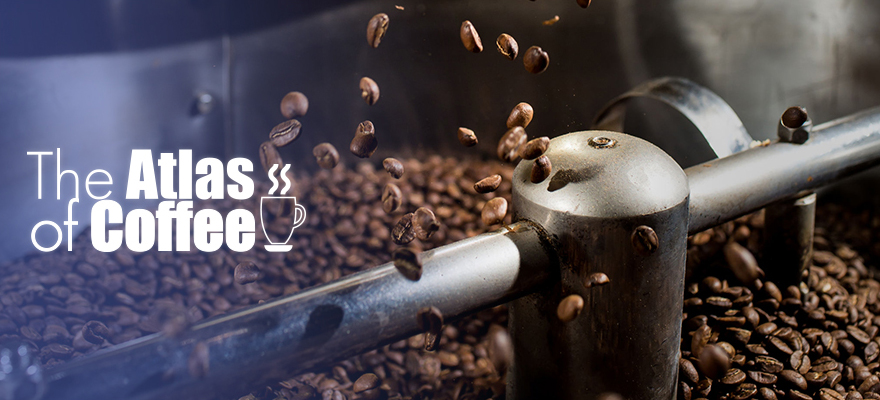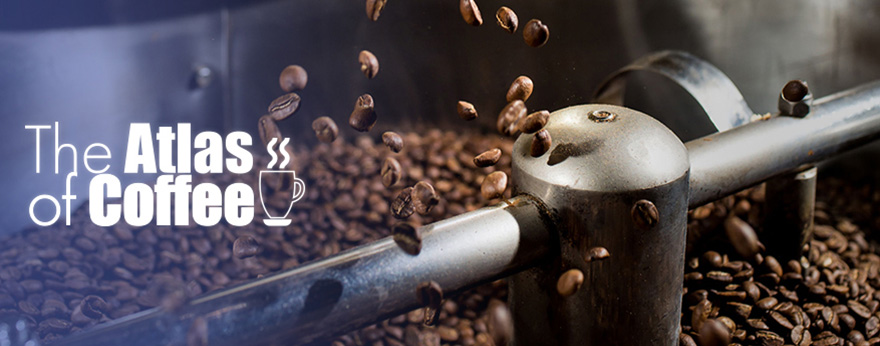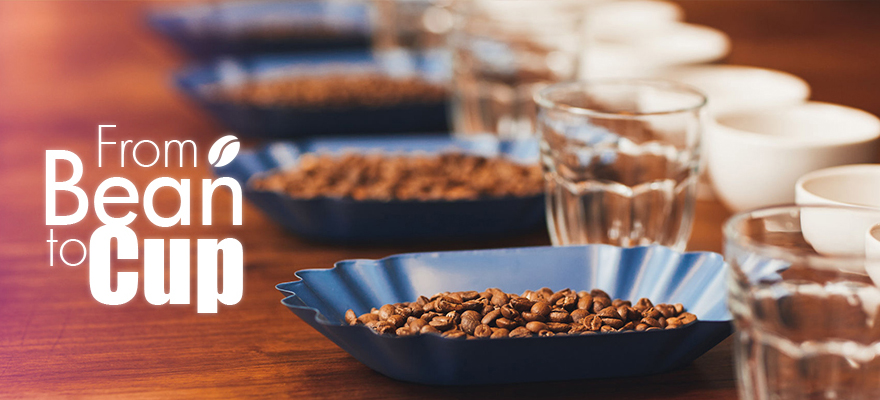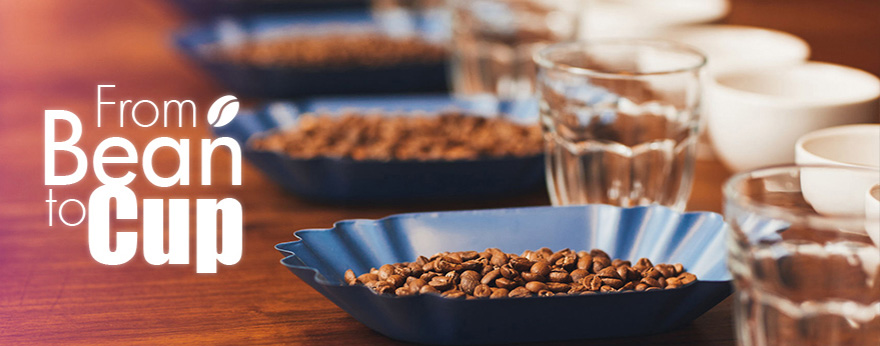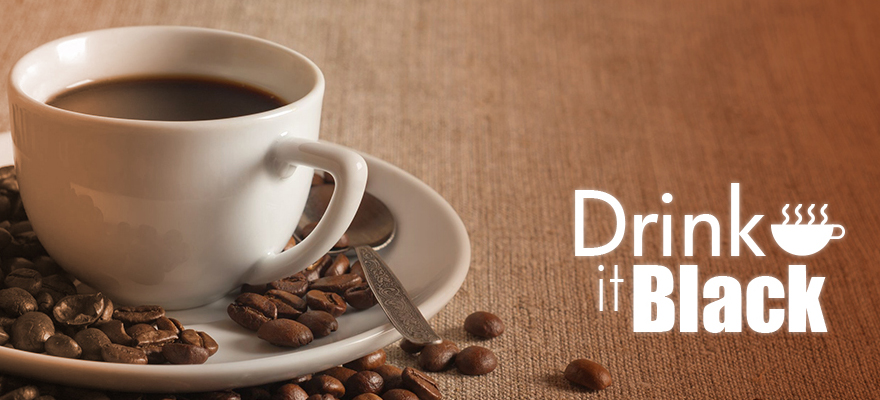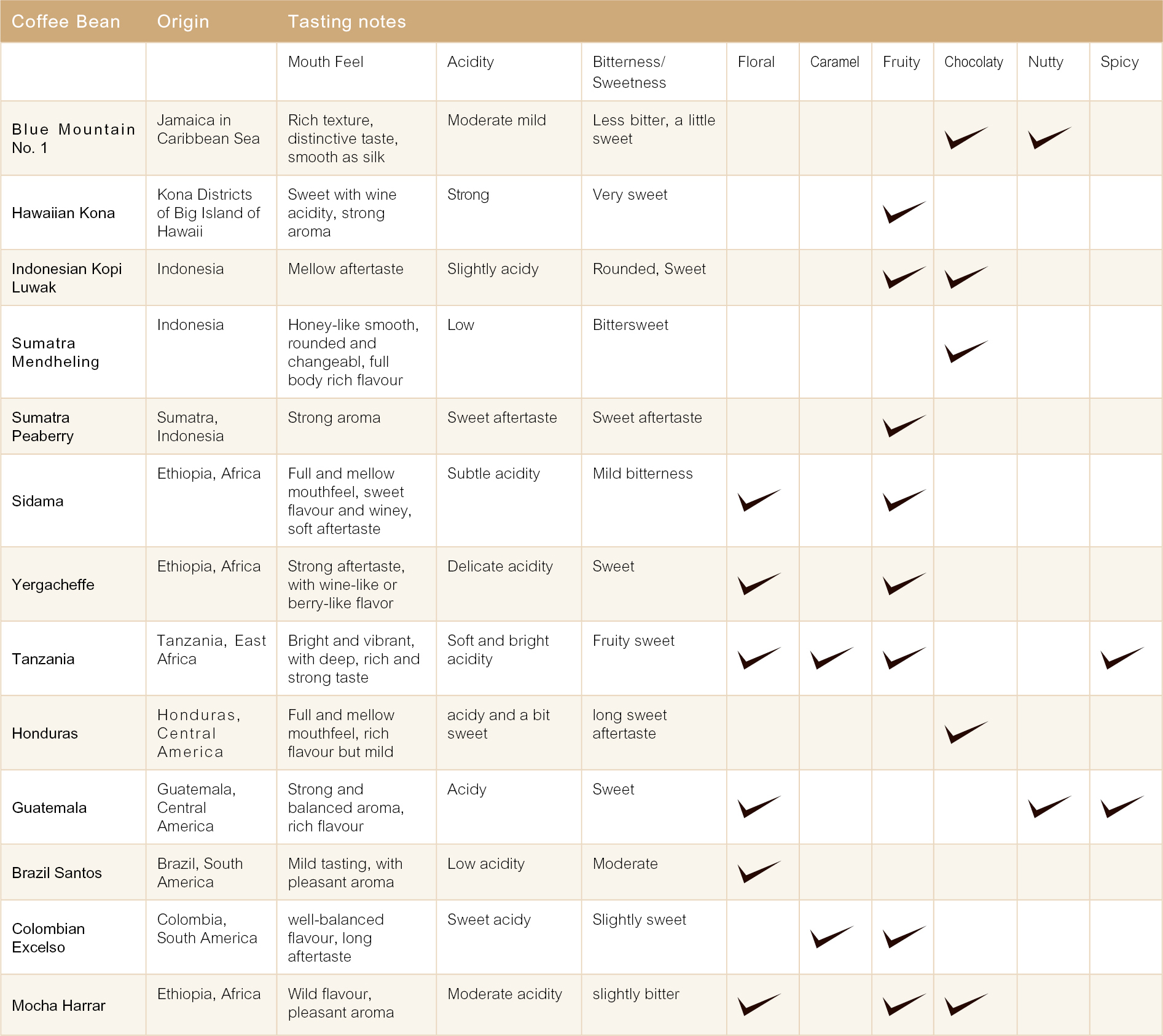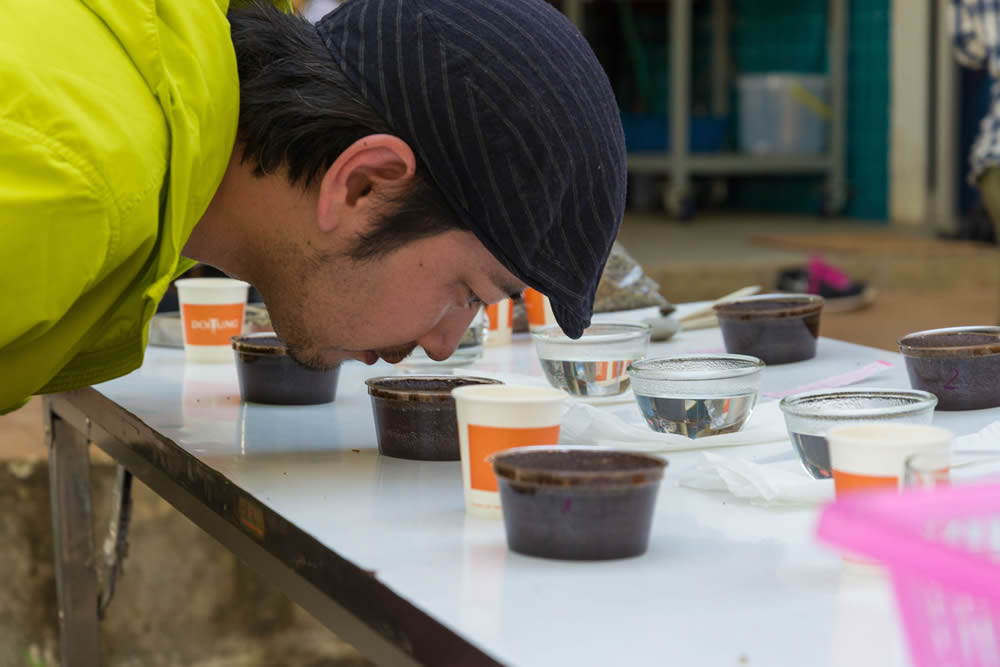Commercial Beans vs Specialty Beans
Coffee beans are mainly divided into three species including Arabica, Robusta and Liberica. In terms of output, Arabica comprises 69% of the world’s coffee production, while Robusta and Liberia comprises 30% and 1% of the world’s coffee production respectively.
Arabica is the most popular coffee beans in the market. It takes about five years for Arabica coffee trees to grow from seedling to bearing fruits, and they mainly grow in the highlands of Western Hemisphere, including Brazil, Columbia and other Latin American countries. Brazil and Columbia are the world’s biggest and second biggest coffee producing country respectively; coffee trees in the regions grow at altitudes of over 2,000 feet in optimal and stable climate. Harvest period lasts from May to September in Brazil, and from April to June in Columbia. Coffee produced by the two countries takes up about 70% of the global market.
Robusta coffee trees mainly grow in regions with lower altitudes and warmer climates in Africa and Asia. Ivory Coast is a major production region, followed by Uganda, Indonesia, Vietnam, Thailand and India. Altitudes range between 500 and 2000 feet. Coffee trees in Ivory Coast fruit in two to three years. Harvest period lasts from April to August in Indonesia, and from October to April of next year in Vietnam. Coffee produced by these countries takes up about 30% of the global market.
In terms of properties, Arabica has lower caffeine content (0.9-1.2%). Compared to Robusta, Arabica is 60% higher in fat content and 200% higher in sugar content. Therefore, Arabica has a sweeter and softer flavour, with a hint of plum-flavoured sour taste.
Arabica has a relatively low chlorogenic acid content (5.5-8%). Chlorogenic acid is an anti-oxidant, as it is an important pesticide. As a result, Arabica is more vulnerable to damage by pest and climate, and the coffee trees bear fewer fruits at a slower pace.
A higher quality coffee, the price of Arabica coffee beans is generally twice as high as that of Robusta.

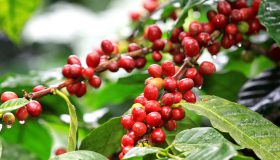
The dry fragrance and wet aroma of a specialty coffee is related to its species, processing, soil, changes in micro-climate and production region. The quality of a specialty coffee may be assessed by its levels of acidity, taste, thickness, aroma and aftertaste. After the roasting begins, the coffee beans give out different aromas at different points in time and varying degrees of oxidation. To feel the changes, one can begin with sniffing the fragrance of coffee grounds when they are still. The next step is shaking the coffee grounds to create exposure to air, as the coffee’s aroma changes every few seconds according to the degrees of oxidation of the grounds. The different aromas will become more pronounced, when the coffee turns from hot to cold when being consumed.
Top premium coffee is distinguished not only by rich and unique aromas but also by complex texture. When identifying coffees, one can start by determining the primary aroma of a coffee before discerning its secondary aromas. The six common types of coffee aromas are as follows:
Join ISCC
Our Institute’s mission to cultivate the specialty coffee culture in Hong Kong.……………………………………………………. ………………..
Specialty Coffee
According to Specialty Coffee Association of America (SCAA), specialty coffee is hailed to be gourmet or premium coffee.…………………………..
Coffee Cupping
Similar to wine tasting, coffee cupping is the evaluation of coffee quality by such objective standards as sweetness, acidity, bitterness, aftertaste and aroma.





